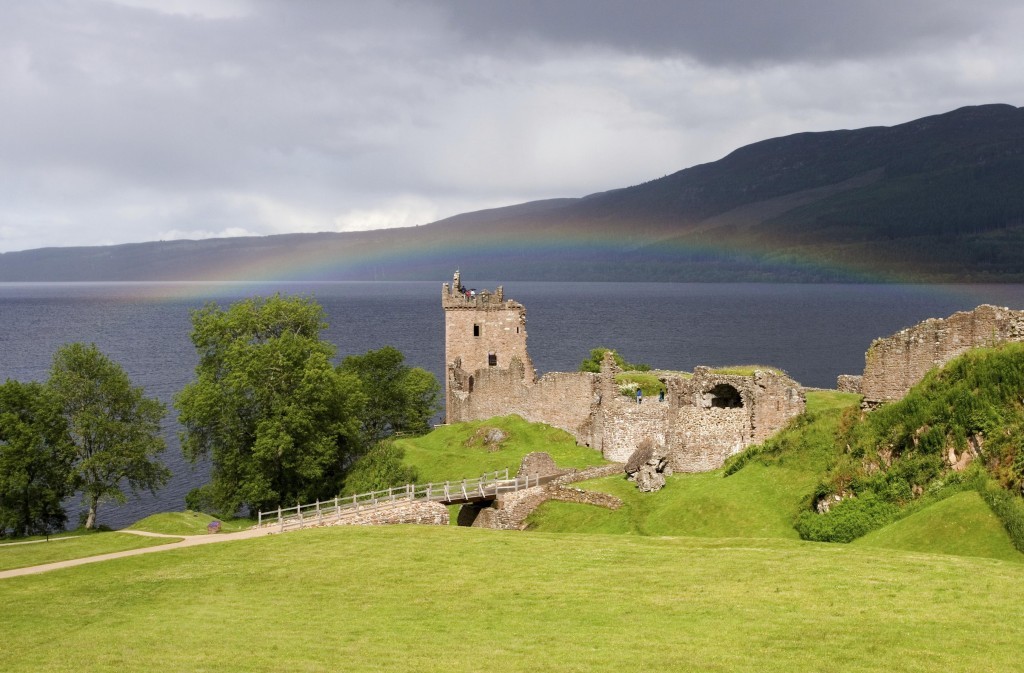
The nuclear power industry contributed £1 billion to Scotland’s economy last year and supports more than 12,000 jobs, according to a new report.
Research by experts at Oxford Economics, carried out for the Nuclear Industry Association (NIA), examined the contribution the country’s two nuclear power stations made to the economy, along with that of other companies involved in supplying them.
More than 4,000 people are directly employed in the sector, the research found, but when companies that supply the industry are also considered, the total rose to more than 12,000.
Scotland has two nuclear power stations in operation – Hunterston B in North Ayrshire and Torness in East Lothian – but companies north of the border are also involved in supplying the new Hinkley Point C project and in decommissioning work at the Dounreay station in the Highlands.
About a fifth (21%) of all the UK’s electricity came from nuclear power in 2016 – making it the second-largest single source of energy behind gas.
On its own, Torness produced enough electricity for 2.5 million homes – the largest output of any nuclear power station in the UK.
The energy that was generated at Torness and Hunterston B produced carbon savings that were the equivalent of taking almost all of the cars in Scotland off the road.
The figures were released as part of the first NIA nuclear activity report, which looks at the role of the sector in 2016.
NIA chief executive Tom Greatrex said: “For the first time we have comprehensive data which shows the important role the civil nuclear sector plays in generating highly-skilled and well-paid jobs, making a significant contribution to the economy and supplying low carbon electricity to both keep the lights on and avert damaging carbon emissions.
“The nature of the nuclear sector means it creates wealth and prosperity across the country – supporting families and non-nuclear businesses in areas where traditionally jobs have been hard to come by.”
The Scottish Government is opposed to the development of new nuclear power stations and both Hunterston B and Torness are due to close in the period up to 2030.
Mr Greatrex added: “Not only will this economic benefit be lost but the progress made on reducing emissions – which in 2016 was the equivalent of taking almost all the cars off roads in Scotland – will be lost.”
